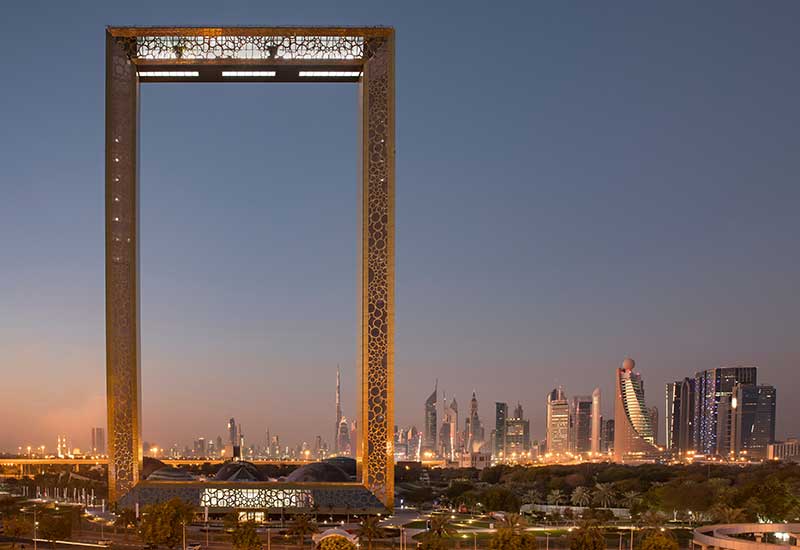As Dubai inches closer to host the highly-anticipated World Expo 2020, hotel supply in the emirate is in full throttle. And, rightly so. Dubai expects to accommodate an estimated 25 million visitors who will funnel in between the Expo’s opening day on October 20, 2020 until its closing day on April 10, 2021. Approximately 70% of the visitors are expected to travel for the Expo from outside the UAE.
But Dubai has been witnessing an upswing in inbound tourist numbers for many years now. In 2017, the number of overnight international guests climbed to 15.8 million, a 6.2% year-on-year (YoY) increase from the previous year.
Olivier Harnisch, chief executive officer of Emaar Hospitality Group, says the steady rise in numbers is in line with the UAE’s lofty long-term vision, a five-decade government plan aptly titled, ‘UAE Centennial 2071’.
TRI Consulting associate director Christopher Hewett agrees. Hewett comments that Dubai, specifically, is “well on its way to reaching 20 million visitors by 2020”. There are also a significant number of rooms coming into Dubai over the next couple of years, Hewett adds, with predictions of about 40,000 rooms coming in from now until 2020.
However, Hewett worries that hotels in the pipeline lean disproportionately towards the upscale sector. “What’s disconcerting is that about 40% of that is going to be in the upscale sector. This will put pressure on existing five-star hotels on how to maintain market share and also how you’re going to try and combat the new supply, products and facilities. We think rates will continue to drop from this year and drop further in 2018 with the new supply that’s coming in,” Hewett notes.
2017 Performance
In 2017, the UAE witnessed approximately 6,000 branded hotel keys open and according to a report by Colliers International, Dubai took the lion’s share of that number — 78% to be precise. DTCM reported that by the end of 2017, a total of 107,431 keys were available across all hotel and hotel apartment establishments, representing a growth of 4% on the previous year. Within this, the most significant expansion of inventory came from the four-star segment, with a 10% increase to 25,289 rooms.
Some of the hotel openings included W Dubai – The Palm, Tryp by Wyndham Dubai, Radisson Blu Dubai Waterfront, Business Bay and Park Inn by Radisson Motor City Dubai, among others.
When benchmarked against other international cities, a 2017 report by Knight Frank highlights that Dubai leads the total number of room keys per person at 29.9 per 1,000 people.
While average occupied room night increased to 29.21 million in 2017 from 28 million recorded in 2016, according to the data released by DTCM, average daily rate (ADR) dipped to US$134 (AED 492) compared to US$139 (AED 511) reported in 2016. RevPAR also showed a slight dip to $104 (AED 383) in 2017 as opposed to $108 (AED 397) reported in 2016 across the board.
Glenn Nobbs, general manager of Copthorne Hotel Dubai, tells Hotelier Middle East that his hotel too showed a dip in RevPAR. 2017 turned out a bit tough for the property, compared to 2016.
“The demand for business was still there as we were only 1% short of matching 2016’s occupancy, however the ADR took a hit of about 6% in comparison, resulting in a drop in our RevPAR of about 8%. So while the rate was depressed (as witnessed across the city), overall we still managed to close with a gross operating profit (GOP) within 4% of 2016.
“So we had managed our expenses through the year particularly carefully to ensure maximum owner’s return, even with a greater drop in revenues,” Nobbs explains. However, Nobbs says the hotel, despite facing a challenging year, recorded a positive colleague engagement survey score of 86%.

| Advertisement |









 Search our database of more than 2,700 industry companies
Search our database of more than 2,700 industry companies









